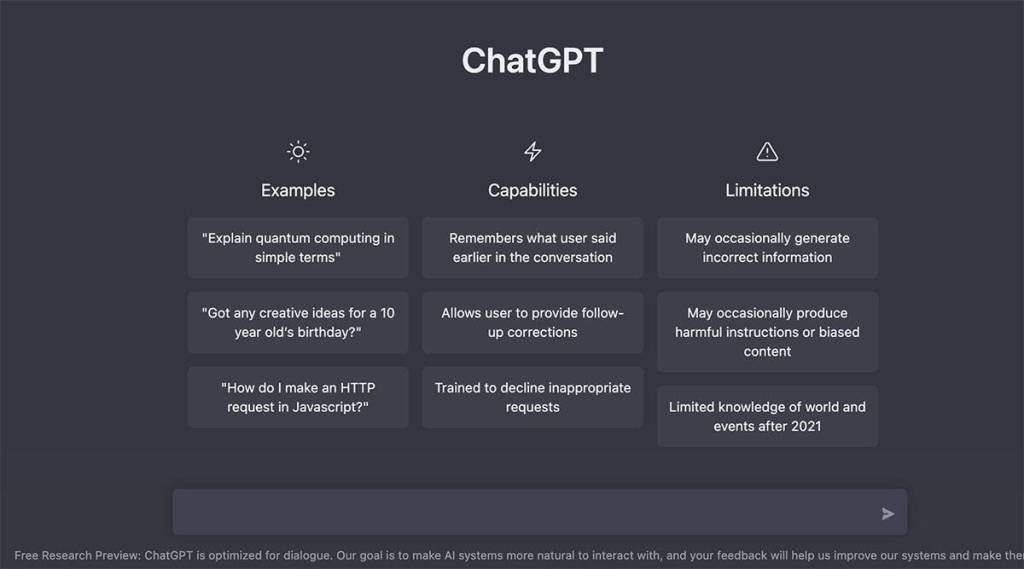By Tom Hickey, CEO Northampton Consulting
[Author’s note: The on-going saga with Twitter is changing in real-time so my point-of-view may be rendered pointless if Elon and Co. keep changing their policies. In fact, after writing the draft of this piece, Elon suspended a number of journalists under the auspices that they doxxed Elon. He has now reinstated those journalists. By the time I hit publish, who knows where we’ll be. Hell, based on Elon’s tweet over the weekend, he may not be running the company for much longer.]
In full transparency, I do not have the answer to reducing the amount of hate speech on social media to an acceptable level. In fact, it’s pretty safe to assume that there isn’t just one answer.
One of the suggestions, as Michael Benedek, CEO of Datonics proposes in his piece: “Hate Speech On Social Platforms Is Real. Brands Have To Take Action,” is for advertisers to “flex their ad dollar muscles.” We saw this clearly when brands divested from Twitter after Elon Musk took over the reigns of the company.
“In the weeks following the acquisition, more than a third of Twitter’s top 100 marketers stopped advertising on the social media network.”
Michael Benedek, Hate Speech On Social Platforms Is Real. Brands Have To Take Action
While this might be one tactic we can leverage, I’d argue that unless it’s done in a cohesive, collective and uniform fashion, it won’t do much, if anything.
Stepping back a little, my first issue is the research that is cited to prove that hate speech on social media, Twitter in particular, is increasing. “A new report finds that hate speech on Twitter “is soaring” following Elon Musk’s acquisition.” The source for the new report: the Center for Countering Digital Hate. While I am sure that this organization is doing great work, and has the public’s best interests in mind, they also have a clear agenda.
To be fair, so does Elon Musk. “But Mr. Musk has denied claims that hate speech has increased on Twitter under his watch. Last month, he tweeted a downward-trending graph that he said showed that “hate speech impressions” had dropped by a third since he took over. He did not provide underlying numbers or details of how he was measuring hate speech.” Source: The New York Times, “Hate Speech’s Rise on Twitter Is Unprecedented, Researchers Find“.
So where does that leave us? Well, it’s pretty clear: hate speech is increasing and decreasing at the same time.
Before we advance any solutions to the problem, we have to be able to quantify how bad the situation really is. What we really need is a true, third-party solution that provides a supportable, non-biased and comprehensive view of the state of online hate speech. Easier said than done but if we want to find a solution to curbing hate speech, we have to know where we are starting. We can then establish benchmarks for every social media company to meet or exceed OR face significant consequences. TBD on what “significant” means but based on where we are today, nothing so far seems to have worked.
Back to the advertisers that pulled their money from Twitter. Twitter’s share of ad dollars is minor when compared to Google & Meta. If the ad industry is going to truly flex its muscles, don’t we need to do it across all social media, not just Twitter? Make a statement, not a gesture.
And then there’s the impact the ad pullback on Twitter will ultimately have on hate speech. I doubt the folks that are responsible for spreading hate online give a flying sh*t that the ad industry pulled their ad dollars from Twitter. If the goal is to put Twitter out of business, that’s another story altogether. I don’t believe that’s a reasonable solution.
Finally, as we all know, Twitter relies on advertising dollars to keep the company afloat. When the industry limits a critical source of revenue for Twitter, doesn’t it become more difficult to implement/fund a robust content moderation framework, not less?
While there may be a smart, effective way to approach this issue, the only thing the social media platforms are guilty of is amplifying hate speech. I’m less confident that we’ll be able to stem hate speech altogether. Haters will hate and they will find alternative ways to spread their repugnant messages.
As always, I’d love to hear your thoughts.





